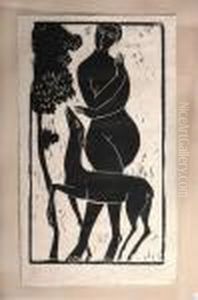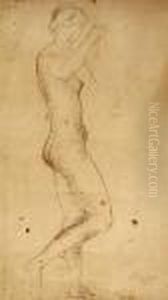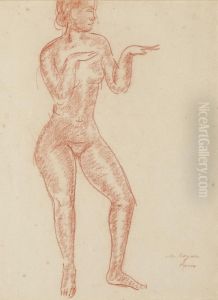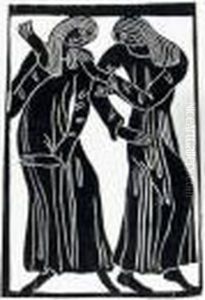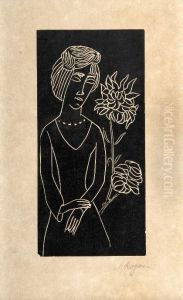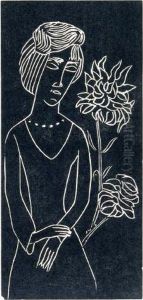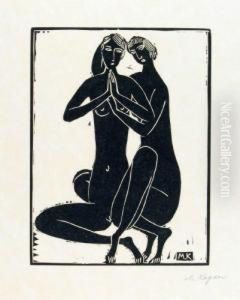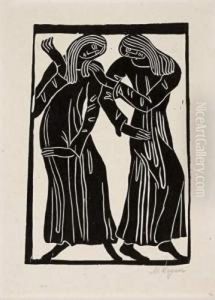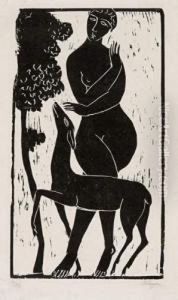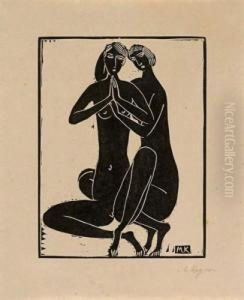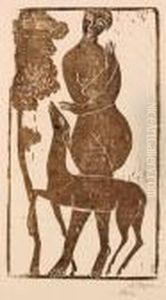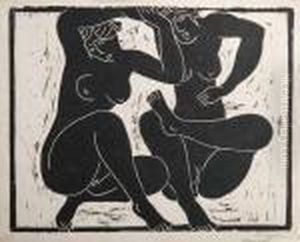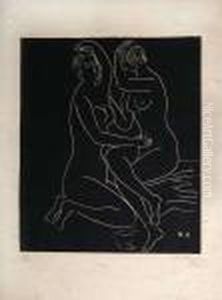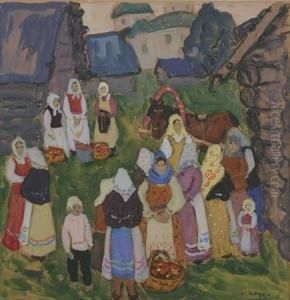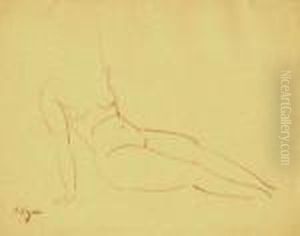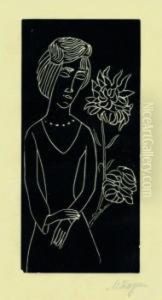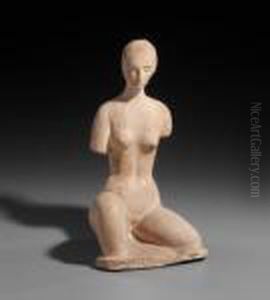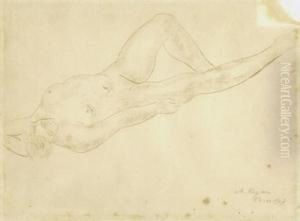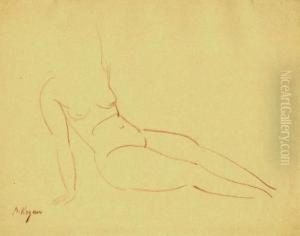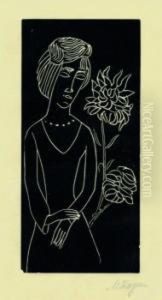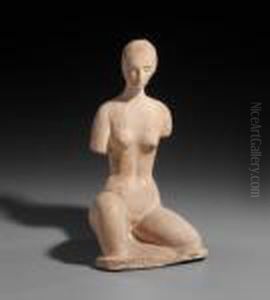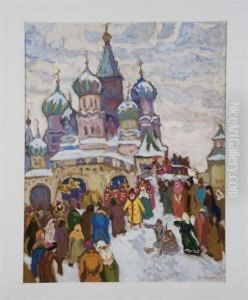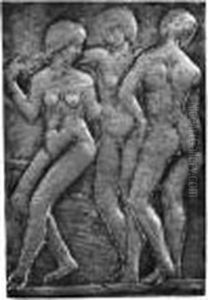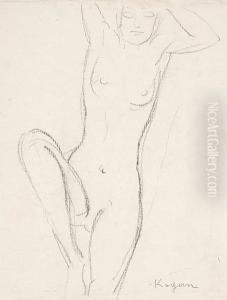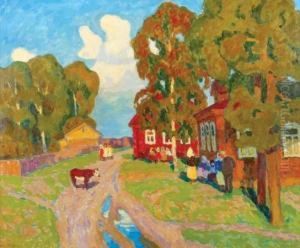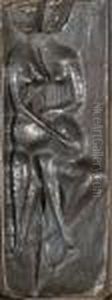Moissey Kogan Paintings
Moissey Kogan was an East European-Jewish sculptor and graphic artist, born on March 12, 1879, in Orhei, now in Moldova, then part of the Russian Empire. His early life was spent in a region with a rich cultural tapestry, which influenced his artistic development. Kogan moved to Munich in 1903 to pursue his artistic education, which was a significant center for avant-garde art at the time. He became associated with the vibrant artistic community there and was influenced by the Jugendstil movement, a German take on Art Nouveau.
Kogan's work often reflected his Jewish heritage and he became known for his distinctive style that blended elements of symbolism and Art Nouveau. He produced a wide range of works including sculptures, woodcuts, and drawings. His sculptures, in particular, were noted for their simplified forms and rhythmic lines, often depicting figures in contemplative or naturalistic poses. Kogan was also a part of the circle of intellectuals and artists that revolved around the poet Stefan George.
During World War I, Kogan's life and work were disrupted. He was interned as an enemy alien in Germany, which deeply affected him and his ability to work. After the war, he lived in various places including Switzerland and Paris, becoming part of the Ecole de Paris, a group of artists working in the French capital, which included many emigres from Eastern Europe.
As the political situation in Europe deteriorated in the 1930s with the rise of the Nazi regime, Kogan's situation became increasingly precarious due to his Jewish heritage. In 1940, he was arrested by the German occupation forces in France and interned in a series of concentration camps. He was ultimately deported to the Auschwitz concentration camp, where he was murdered in 1943.
Throughout his life, Moissey Kogan remained dedicated to his art, creating works that were both personal and reflective of the broader currents in European modernism. His legacy is that of an artist who was able to convey deep emotion and spirituality through the simplicity and clarity of his forms. Despite the tragic end to his life, Kogan's work continues to be admired for its elegance and its unique synthesis of modernist tendencies with a deep reverence for his cultural heritage.
